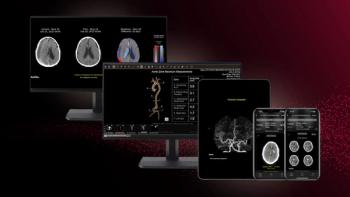
‘Bench to Bedside’ campaign marks progress toward $5 million goal
The Society of Nuclear Medicine’s campaign to guide advanced molecular imaging techniques into clinical practice has passed the halfway point in its goal of collecting $5 million to fund the effort.
The Society of Nuclear Medicine's campaign to guide advanced molecular imaging techniques into clinical practice has passed the halfway point in its goal of collecting $5 million to fund the effort.
The SNM announced in March that donors had pledged $3.3 million. The money will support a five-year action plan to move molecular imaging research from bench to bedside. The plan proposes strategies to nuture promising MI techniques as they progress from early laboratory development to adoption in medical practice.
To coordinate that effort, the SNM has hired Marybeth Howlett as director of its Molecular Imaging Center of Excellence. Howlett was the founding executive director of the Public Health Policy Advisory Board, a nonpartisan group created by former Secretary of Health and Human Services Louis W. Sullivan in Washington, DC.
The center has several development efforts pending:
- website devoted to molecular imaging
- grant program supporting translational research
- model educational curricula
- action plans to exploit the potential clinical value of emerging MI technologies
- communications channels with federal regulators, legislators, and funding sources
The campaign's successful fund-raising efforts since June 2006 underscore the program's importance, according to SNM President Dr. Martin P. Sandler.
"We are pleased that innovative corporate leaders believe in SNM and support its mission," he said.
Molecular imaging represents a unique departure from traditional anatomic approaches to diagnosis with medical imaging. By operating at cellular and subcellular levels, MI promises to diagnose diseases at their earliest stages to allow effective treatment, sometimes before physical symptoms and physiological damage appear.
"Molecular imaging is at the forefront of personalized medicine, which eventually will allow us to tailor the treatment of a disease to each individual patient," Sandler said.
For more information from the Diagnostic Imaging archives:
Newsletter
Stay at the forefront of radiology with the Diagnostic Imaging newsletter, delivering the latest news, clinical insights, and imaging advancements for today’s radiologists.




























